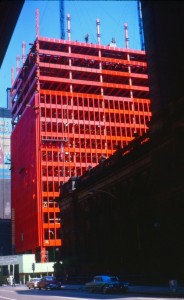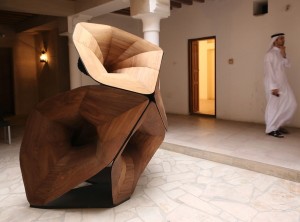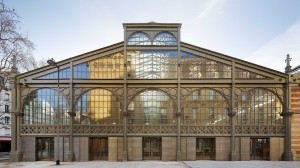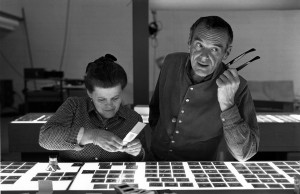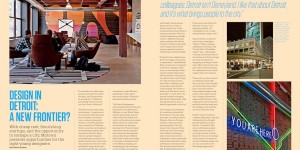Interview
Dwell
May 28, 2014
Link
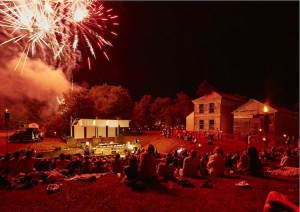
A bold experiment in demystifying and democratizing architecture, Auburn University’s Rural Studio, founded by Samuel Mockbee and D.K. Ruth in 1993, has overseen the construction of a menagerie of modernist structures in rural Hale County, Alabama, including the affordable 20K House. And while the work of generations of students stands as a testament to the commuity benefits of sustainable, human-centered design, the program’s influence in the field of architecture and its important role in the community suggest that its role building doesn’t end with just structures. Dwell spoke with director Andrew Freear and Elena Barthel, a professor who oversees the Rural Studio Farm, both co-authors of the new book Rural Studio at Twenty: Designing and Building in Hale County, about current and future projects, and the expanding role of farming and agriculture within the program.
Where do you see the program heading in the future, especially considering how sustainability becomes more and more relevant?
Andrew Freear: We’ve been here for 20 years. Instead of seeking survival, the program can say it’s not what we can do, it’s what we should do. I think that our community projects are always either educationally based or based on community welfare, such as the Boys & Girls clubs. Our challenge isn’t just to create those buildings and hope organizations survive, it’s how we help them survive. We built a new volunteer fire department in Newbern, and them not having to worry about their building allowed them to go gangbusters in supporting their organization. Our student’s expectations are to build, and that’s not always the answer. How do architects get involved in helping organizations sustain themselves? How do we keep going in the next 20 years supporting these organizations?
To be sustainable, you only want to build it once.
Andrew Freear: We don’t have to build for the sake of it. We tell our students, you have a privileged opportunity here. But just because it’s a design program, it doesn’t mean you’re going to build something. You have to prove that it’s needed.
Elena Barthel: The way our studio works with the community, it’s like osmosis, it’s empathetic. Twenty years is a lot of time to build up this relationship. You need to maintain your empathy with the surroundings. It’s not something you can design sitting at a table — it’s what happened when you live in the same place, experience the same weather.
Andrew Freear: The program is very proud that it’s Alabama kids doing work in the backyard of their university. Sometimes it can take an outsider to say what’s beautiful about the place. The insiders are in the weeds. The danger for us is that we’ve been here too long, and you’ve been here too long and you’ve become too familiar. The program is open year round, the office is always open. Students stay here for years and really start to put down roots. We’ve had kids stay here and get married. I have access to all of the local politicians by cell phone directly. Were we in, say, Chicago, the firewall in front of the people who make decisions is immense. And that fact that I can call them, or they can call me, that’s a big deal. They’re started to recognize us as a resource.
Read more…
